[Anchor]
Today (1.16), we will look into the second Trump era, focusing on the Russia-Ukraine war.
U.S. President-elect Trump has repeatedly stated that he wants to end the war quickly.
Both Russia and Ukraine have shown a willingness to engage in dialogue with Trump, but there are significant differences in their thoughts.
What is Trump's solution, and what are the possibilities? Our Berlin correspondent Jo Bit-na has the report.
[Report]
On January 12, local time, in eastern Ukraine.
Residents are leaving a village controlled by Russian forces.
Over the past year, Russia has additionally occupied an area in eastern Ukraine that is 6.5 times the size of Seoul.
On the other hand, Ukraine has launched a surprise attack on the Russian territory of Kursk and occupied some parts, but it is on the defensive.
Both countries have a willingness to negotiate to end nearly three years of war, but there are significant differences regarding how to handle occupied territories and ensure security.
The key is the will of the United States and Trump's intentions, but it seems that Trump is currently inclined to draw the border along the existing front lines and is negative about Ukraine's desire to join NATO.
[Donald Trump/U.S. President-elect/Jan. 7: "Well, then, Russia has somebody right on their doorstep and I could understand their feeling about that."]
Trump perceives that monitoring the ceasefire situation after a peace agreement is also Europe's responsibility.
It is reported that he conveyed this sentiment during a meeting with the leaders of Ukraine and France last month.
To reduce the burden on the U.S., the Trump administration is pressuring NATO countries to increase their defense spending to 5% of GDP.
[Boris Pistorius/German Defense Minister: "The 5% recently requested by President-elect Trump means that Germany would have to spend slightly more than 40% of its entire budget on defense."]
The European Union has convened a meeting on European defense next month.
As the reality of increased security costs approaches during the Trump era, European countries are busy searching for solutions.
This is Jo Bit-na reporting from Berlin for KBS News.
Today (1.16), we will look into the second Trump era, focusing on the Russia-Ukraine war.
U.S. President-elect Trump has repeatedly stated that he wants to end the war quickly.
Both Russia and Ukraine have shown a willingness to engage in dialogue with Trump, but there are significant differences in their thoughts.
What is Trump's solution, and what are the possibilities? Our Berlin correspondent Jo Bit-na has the report.
[Report]
On January 12, local time, in eastern Ukraine.
Residents are leaving a village controlled by Russian forces.
Over the past year, Russia has additionally occupied an area in eastern Ukraine that is 6.5 times the size of Seoul.
On the other hand, Ukraine has launched a surprise attack on the Russian territory of Kursk and occupied some parts, but it is on the defensive.
Both countries have a willingness to negotiate to end nearly three years of war, but there are significant differences regarding how to handle occupied territories and ensure security.
The key is the will of the United States and Trump's intentions, but it seems that Trump is currently inclined to draw the border along the existing front lines and is negative about Ukraine's desire to join NATO.
[Donald Trump/U.S. President-elect/Jan. 7: "Well, then, Russia has somebody right on their doorstep and I could understand their feeling about that."]
Trump perceives that monitoring the ceasefire situation after a peace agreement is also Europe's responsibility.
It is reported that he conveyed this sentiment during a meeting with the leaders of Ukraine and France last month.
To reduce the burden on the U.S., the Trump administration is pressuring NATO countries to increase their defense spending to 5% of GDP.
[Boris Pistorius/German Defense Minister: "The 5% recently requested by President-elect Trump means that Germany would have to spend slightly more than 40% of its entire budget on defense."]
The European Union has convened a meeting on European defense next month.
As the reality of increased security costs approaches during the Trump era, European countries are busy searching for solutions.
This is Jo Bit-na reporting from Berlin for KBS News.
■ 제보하기
▷ 카카오톡 : 'KBS제보' 검색, 채널 추가
▷ 전화 : 02-781-1234, 4444
▷ 이메일 : kbs1234@kbs.co.kr
▷ 유튜브, 네이버, 카카오에서도 KBS뉴스를 구독해주세요!
- Trump's proposal for Ukraine war
-
- 입력 2025-01-17 02:15:23
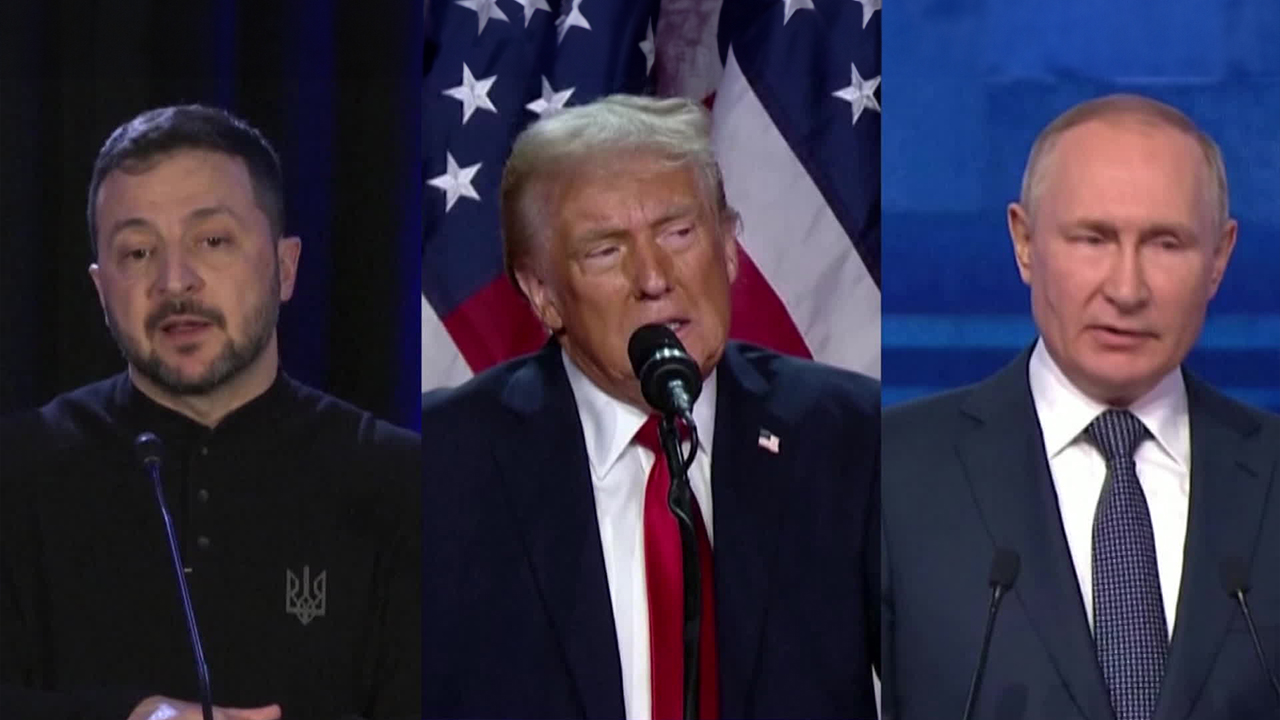
[Anchor]
Today (1.16), we will look into the second Trump era, focusing on the Russia-Ukraine war.
U.S. President-elect Trump has repeatedly stated that he wants to end the war quickly.
Both Russia and Ukraine have shown a willingness to engage in dialogue with Trump, but there are significant differences in their thoughts.
What is Trump's solution, and what are the possibilities? Our Berlin correspondent Jo Bit-na has the report.
[Report]
On January 12, local time, in eastern Ukraine.
Residents are leaving a village controlled by Russian forces.
Over the past year, Russia has additionally occupied an area in eastern Ukraine that is 6.5 times the size of Seoul.
On the other hand, Ukraine has launched a surprise attack on the Russian territory of Kursk and occupied some parts, but it is on the defensive.
Both countries have a willingness to negotiate to end nearly three years of war, but there are significant differences regarding how to handle occupied territories and ensure security.
The key is the will of the United States and Trump's intentions, but it seems that Trump is currently inclined to draw the border along the existing front lines and is negative about Ukraine's desire to join NATO.
[Donald Trump/U.S. President-elect/Jan. 7: "Well, then, Russia has somebody right on their doorstep and I could understand their feeling about that."]
Trump perceives that monitoring the ceasefire situation after a peace agreement is also Europe's responsibility.
It is reported that he conveyed this sentiment during a meeting with the leaders of Ukraine and France last month.
To reduce the burden on the U.S., the Trump administration is pressuring NATO countries to increase their defense spending to 5% of GDP.
[Boris Pistorius/German Defense Minister: "The 5% recently requested by President-elect Trump means that Germany would have to spend slightly more than 40% of its entire budget on defense."]
The European Union has convened a meeting on European defense next month.
As the reality of increased security costs approaches during the Trump era, European countries are busy searching for solutions.
This is Jo Bit-na reporting from Berlin for KBS News.
Today (1.16), we will look into the second Trump era, focusing on the Russia-Ukraine war.
U.S. President-elect Trump has repeatedly stated that he wants to end the war quickly.
Both Russia and Ukraine have shown a willingness to engage in dialogue with Trump, but there are significant differences in their thoughts.
What is Trump's solution, and what are the possibilities? Our Berlin correspondent Jo Bit-na has the report.
[Report]
On January 12, local time, in eastern Ukraine.
Residents are leaving a village controlled by Russian forces.
Over the past year, Russia has additionally occupied an area in eastern Ukraine that is 6.5 times the size of Seoul.
On the other hand, Ukraine has launched a surprise attack on the Russian territory of Kursk and occupied some parts, but it is on the defensive.
Both countries have a willingness to negotiate to end nearly three years of war, but there are significant differences regarding how to handle occupied territories and ensure security.
The key is the will of the United States and Trump's intentions, but it seems that Trump is currently inclined to draw the border along the existing front lines and is negative about Ukraine's desire to join NATO.
[Donald Trump/U.S. President-elect/Jan. 7: "Well, then, Russia has somebody right on their doorstep and I could understand their feeling about that."]
Trump perceives that monitoring the ceasefire situation after a peace agreement is also Europe's responsibility.
It is reported that he conveyed this sentiment during a meeting with the leaders of Ukraine and France last month.
To reduce the burden on the U.S., the Trump administration is pressuring NATO countries to increase their defense spending to 5% of GDP.
[Boris Pistorius/German Defense Minister: "The 5% recently requested by President-elect Trump means that Germany would have to spend slightly more than 40% of its entire budget on defense."]
The European Union has convened a meeting on European defense next month.
As the reality of increased security costs approaches during the Trump era, European countries are busy searching for solutions.
This is Jo Bit-na reporting from Berlin for KBS News.
-
-

조빛나 기자 hymn@kbs.co.kr
조빛나 기자의 기사 모음
-
이 기사가 좋으셨다면
-
좋아요
0
-
응원해요
0
-
후속 원해요
0










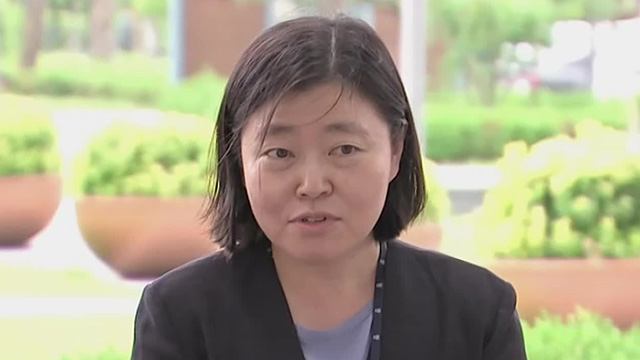
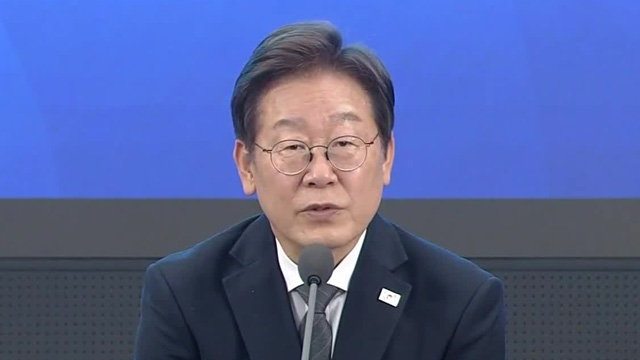
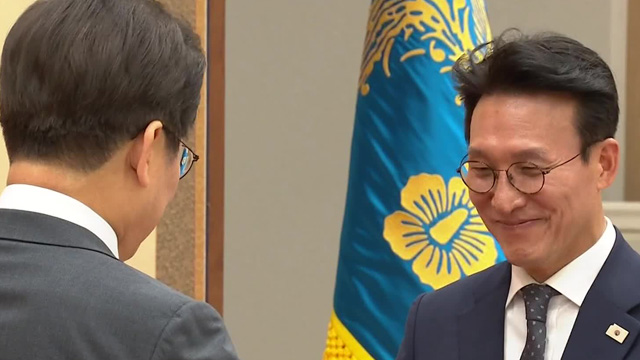
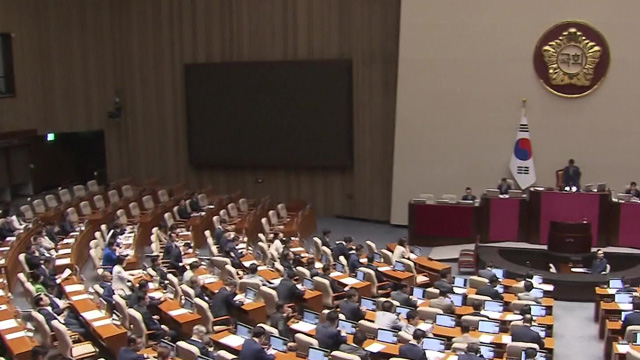

이 기사에 대한 의견을 남겨주세요.